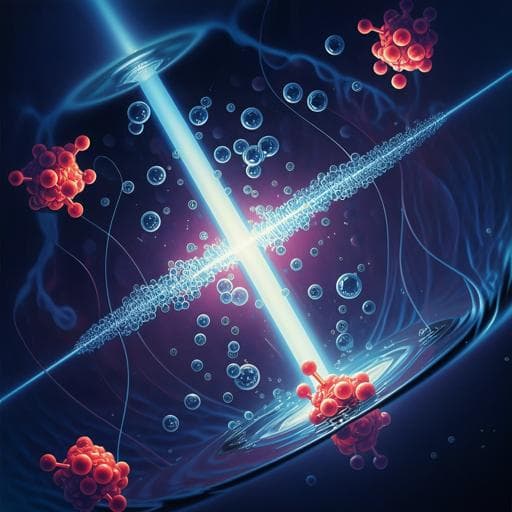
Chemistry
Hydrogen evolution with hot electrons on a plasmonic-molecular catalyst hybrid system
A. Dey, A. Mendalz, et al.
This exciting research, conducted by authors including Ananta Dey and Amal Mendalz, reveals the groundbreaking use of plasmon hot electrons for hydrogen evolution under visible light. The study highlights how a unique nanohybrid system enhances proton-electron transfer, paving the way for advanced solar energy solutions.
~3 min • Beginner • English
Related Publications
Explore these studies to deepen your understanding of the subject.







